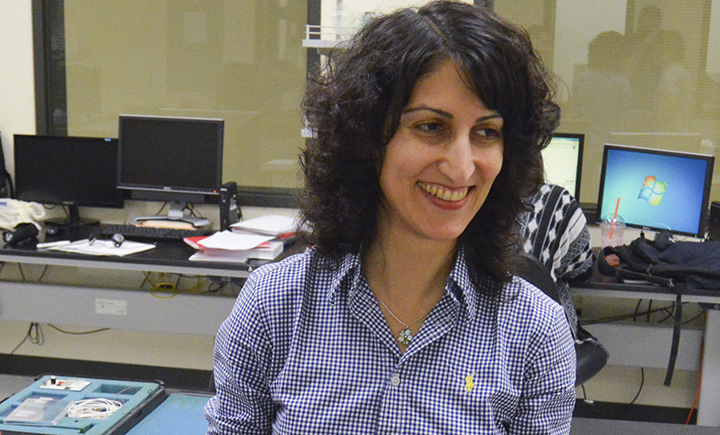Increasing actuator range of motion
Research from Binghamton University has reconfigured micro-actuators to create sensors with 10 times the range of motion.

Research from Binghamton University has reconfigured micro-actuators to create sensors with 10 times the range of motion. That means pressure gauges and accelerometers will have the ability to be more effective.
The research, published on April 1, 2018, in Sensors and Actuators A: Physical is titled “A parametric electrostatic resonator using repulsive force” and was conducted by Assistant Professor Sherry Towfighian from the Mechanical Engineering Department, along with graduate student Mark Pallay.
The micro-actuators are used to create motion from an electrical signal, whereas a sensor detects that motion and converts it back into an electrical signal to be analyzed by a computer. In micro-scale devices, many actuators can also be used as sensors and vice versa because they have a very similar structure.
“Usually actuators are made of just two electrodes that move in a very limited way in relation to each other, but because we included four smaller electrodes the range of motion was able to increase.”
“The actuators were charged with an AC voltage in order to determine how large of an oscillation they could realistically maintain, which is an important parameter for many sensors,” explained Towfighian. “Conventional actuators only have a range of motion of two microns but by adjusting the design we were able to change that to 20 microns.”
These highly effective actuators can also be used as sensors to measure pressure or acceleration via cell phones or other technological devices.
The study was funded in part by a grant from the National Science Foundation (NSF).
